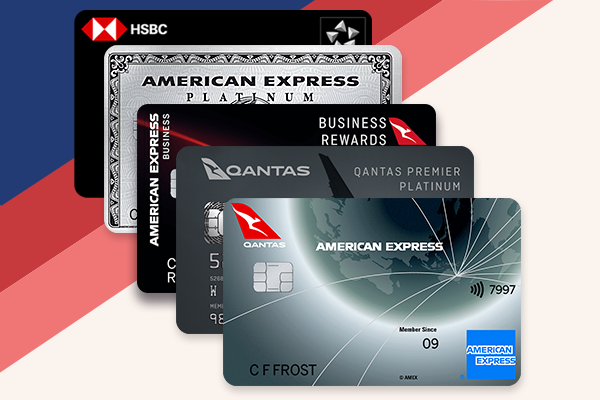Hmm, now where do we start .... Oh yes,
becstar, welcome to AFF is a good place to start

.
In relation to air travel, a waitlist is a list of people who wish to travel on a particular flight but do not as yet have a confirmed seat. This can happen for a large number of reasons, but it is mostly to do with the science of Yield Management.
When an airline sells tickets for a flight, they offer a range of different fares, each with their own fare rules (the terms and conditions for the use of that ticket). Even for the sale of seats in the same cabin (First Class, Business Class, Economy cabins), there will be a range of fares available. The airlines decide how many of the available seats they will offer sale at each of the different fare types. Once they have sold all the seats they have determined should be available at particular fare, the passenger will have to choose what to do. Those choices may include:
- Travel on a different flight where that fare type is available
- Pay for a different fare type (usually more expensive)
- Request to be added to the waitlist for the fare type they want to purchase
Just because the desired fare type is sold out does not necessarily mean there are no seats left for sale in the cabin desired.
Some fares include rule restrictions that do not permit waitlisting. If the fare does permit waitlisting, the passenger can be noted as wanting to travel on that particular flight for that particular fare type. The airline's Yield Management system (sometimes a computer program, sometimes a manual process) will regularly review the fare sales and available capacity on the flight and changes to the availability for sale of the seats in the different fare types will be made. If the airline determines they are now willing to sell more of the available seats at the fare type for which passengers have waitlisted, the people at the head of the waitlist queue will be confirmed for travel in the requested fare type.
If a cabin is completely sold out (i.e. all the available seats have been sold), the passengers may still waitlist for the flight in the hope that some people will cancel their tickets or change to a different flight. In most cases, airlines will not permit people to join the waitlist for a flight less than 24 hours before departure. In the 24 hours before departure, some airlines have a different process called Standby, why people with a paid ticket can request to be carried on a different flight to that which the hold a confirmed ticket. Although this is similar to a waitlist, the airline's manage it differently and its called a standby list.
Some airlines will allow their elite level frequent flyers to jump to the head of a waitlist or standby list queue as a benefit of the frequent flyer program. So waitlists and standby lists are not always processed on a First-In-First-Out basis.
An example of the use of a waitlist is the way Qantas manage their frequent flyer requests for upgrades to a higher service cabin. Once the passenger has a paid and confirmed ticket, they can request to added to the upgrade waitlist where they agree to use Frequent Flyer points or upgrade credits to upgrade from economy to business class or from business class to first class. This upgrade waitlist is reviewed by the Qantas Yield Management group normally in the last 24 hours before the fight departs, and those with the highest priority on the waitlist may be upgraded if there are seats available in the higher class cabin and Qantas believes they are unlikely to sell those seats to people making last minute bookings.
I hope this helps to explain what you are after. If not, then please feel free to ask about specific aspects of waitlisting.














